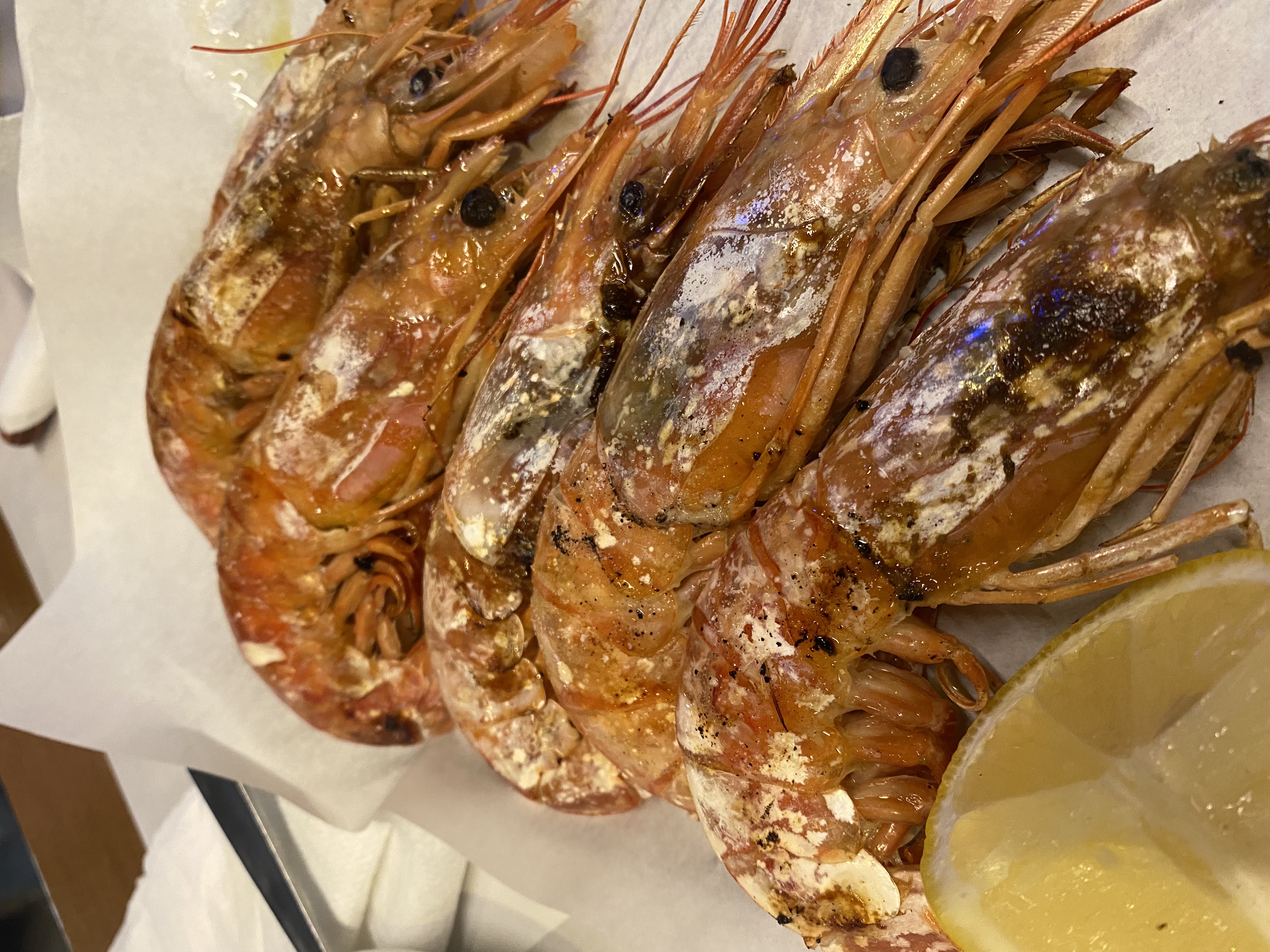Modica is a special type of chocolate that is characterized by chunky sugar and cocoa bites in its texture. These unusual characteristics make the product a unique type, not similar to any other.
But why is it so? Well, since chocolate usually has a sweet taste coming from the sugar dissolved in the mixture. However, the Sicilian tradition dictates that the granular sugar chunks must remain intact inside Modica. This attribute is present due to the cold pressing of the chocolate which relieves the product from excessive processing. As a result, eating the chocolate is a pure pleasure to your mouth and health.
Modica’s History and Traditions

Modica as a name, derives from the municipality of Modica. This is a lovely ancient town with deeply inherited traditions in the province of Ragusa in Sicily, Italy.
The early forms of creating the artisan chocolate started with the Spanish Empire while ruling Sicily. The Spaniards had colonies in the Americas and were in close contact with the Aztecs. These people have the core of the chocolate process and the method refined itself through the centuries. Ultimately, it reached the final stage that we know nowadays.
Consequently, the process of creating the chocolate has been inherited from one generation to the next. All acquired skills were mainly using observatory and practical methods. These dictate that the cocoa butter shall not convert into the liquid state. But rather, through a delicate transformation method, it turns into a handmade delicacy.

As a result, upon tasting the chocolate, a person can feel the bitterness of the solid cocoa chunks. However, there’s another taste in the chocolate. Simultaneously, the sweetness of the granular sugar is another sensory characteristic that differentiates it from other types.
Henceforth, if you are someone who cares about eating natural foods, then Modica will be the perfect dessert. Moreover, if you prefer lesser stages of processing, then you have come to the right place in terms of chocolate.
Nonetheless, Italy’s overall traditions encourages wholesome foods. This is a recurring theme through most of the Italian regions and cuisines. However, the less industrial processing becomes very evident in the case of Modica chocolate.
Modica Chocolate Types and Variations

Many varieties of Modica exist, each showcasing a different experience of the chocolate. The varieties are different flavours of the same base product. These tastes are fruit-based or some other ingredients added to the product.
The fruits types include many varieties but mainly citrus ones. This might be similar to other types of chocolate in terms of concept. However it is totally different in terms of taste and texture.
Moreover, spices can sometimes steal the show with their peculiar tastes. This may cause your taste buds to go wild trying to distinguish the flavours. The latter include pepper, cinnamom, vanilla, nutmeg, salt or sugar. On the other hand, nuts can be one of the main features like, pistachio, almonds, pecans… you name it!
The Production Methods of Modica Chocolate and Its International Recognition

As Modica is a famous Sicilian chocolate, it is a de facto an Italian delicacy. Therefore, on a national level, the country has strived to protect the production methods and continuity of the product.
At the same time, the European Union considers Modica a PGI, which is a highly prestigious certification. It stands for Protected Geographical Indication. The latter signals the special attributes of the region of production of the product. This designation is for geographically protected items that pass through rigorous periodical checks before and after gaining this title. Therefore, it is safe to say that when you try Modica, you will be eating a handmade craft that had centuries of traditions in each bite…
Italy as a whole might be a culinary paradise for foodies. Therefore, we have handpicked the following article for you. It showcases all the various types of coffee and the drinking habits of the Italians.
Well, grab your cup of coffee and enjoy this caffeinated article next!






